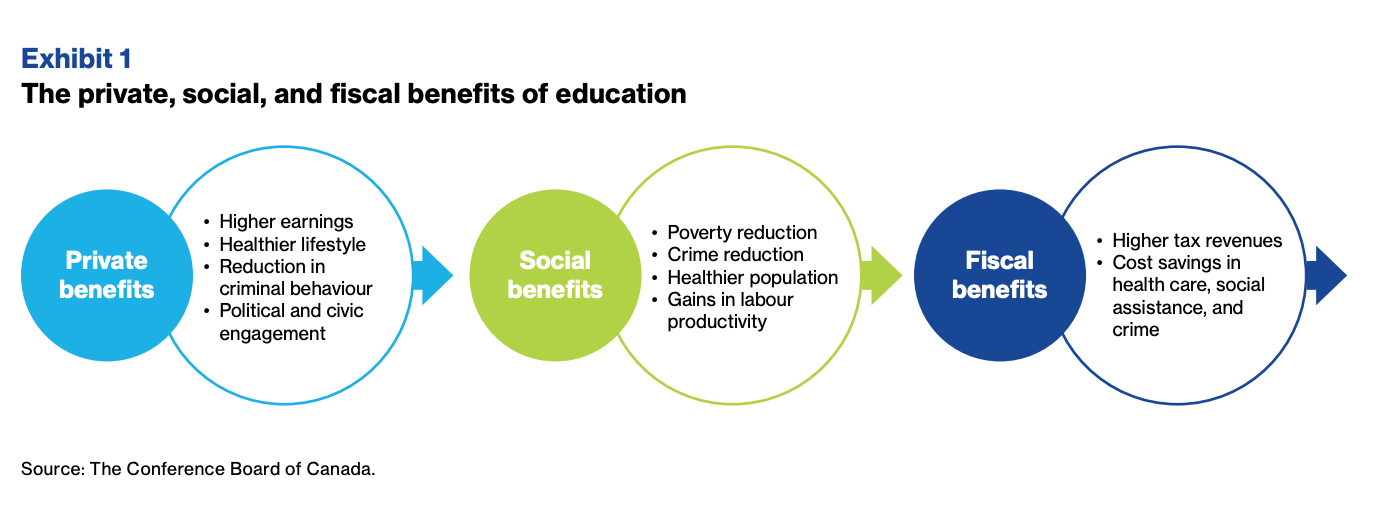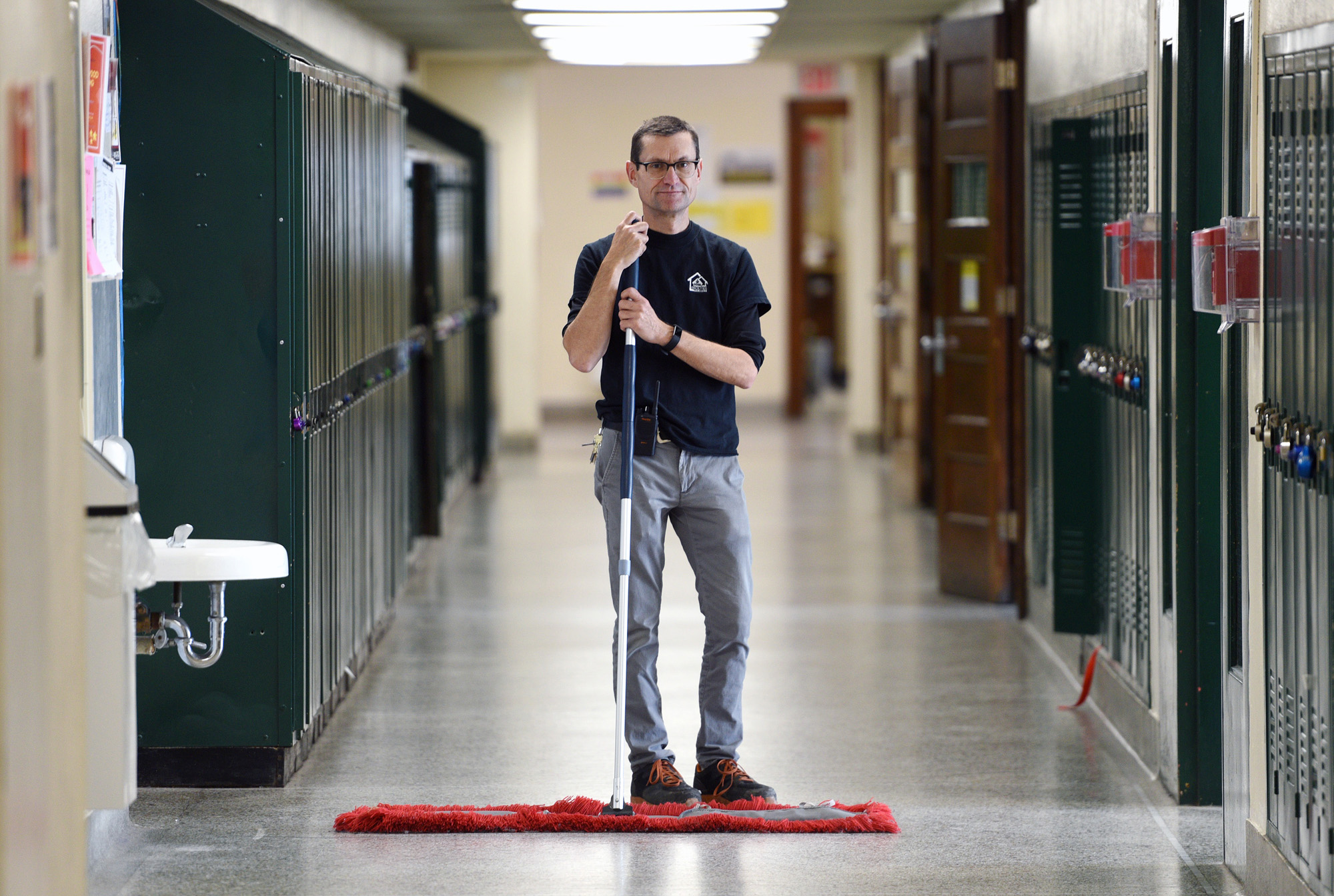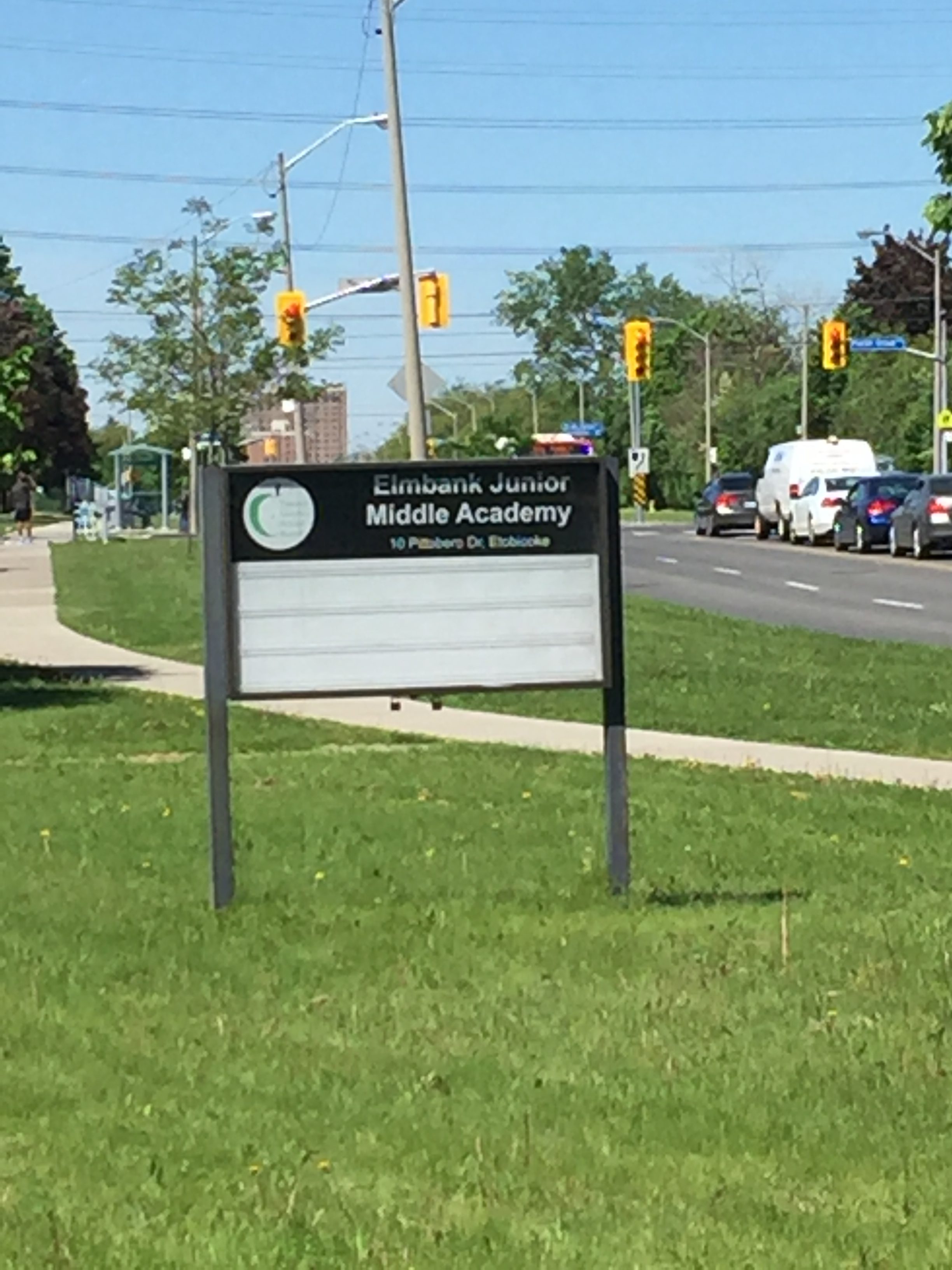The Toronto Star investigative report entitled, “The High Cost of Low Corporate Taxes“, by Marco Chown Oved, Toby A.A. Heaps and Michael Yow, was published on December 14, 2017. It outlines many points of interest if one is concerned with government deficits each year that lead to massive debt that leads to a possible crushing tax burden for future generations due to interest payments on said debt.
Although, before you go down the rabbit hole of thinking that governments ought to avoid deficits and subsequent debt at all costs, please have a read through a previous blog of ours entitled, “Why household overspending is worse than government overspending”. In this previous blog, Olivier Blanchard, a former chief economist of the International Monetary Fund (IMF), counters the big criticism of government budget deficits – namely, that they can lead to a bigger tax burden for future generations due to interest payments. Blanchard suggests that deficit spending by governments can actually produce a net benefit if it results in improved hospitals, highway, or public transit that create economic growth.
We digress. Back to the Toronto Star report and those of you who worry about how government deficits each year can lead to a colossal debt-load with commensurate colossal interest payments. The overarching idea is that to balance any government’s books each year and avoid a deficit position, this government has a few levers with which to tinker:
- A government can raise our personal income taxes.
- A government can find “efficiencies”, which is a euphemism in most cases for delivering less to its citizens in any number of ways (for instance, a government can stop investing in maintaining and repairing its infrastructure – such as schools for example)
- A government may consider that the proportion of the public budget funded by personal income taxes has never been higher and look to increase revenues collected via corporate taxes from big companies – especially banks.
Now we realize that this entire investigative report was written from a federal perspective and that Fix Our Schools is a provincial campaign based on Ontario. However, the information presented in this report is fascinating and worthy of consideration and possible application at a provincial level too. The information, some of which is laid out in bullet-form for you to peruse below, is also a very good reminder that there is another option for governments to balance their books other than cutting service levels to its citizens – especially those citizens such as students, who aren’t even old enough to vote!
- “For every dollar corporations pay to the Canadian government in income tax, people pay $3.50. The proportion of the public budget funded by personal income taxes has never been greater.”
- “The amount of tax most big companies in Canada pay has been dropping as a proportion of their profits for years, and not only because the corporate tax rate has been cut repeatedly. Canada’s largest corporations use complex techniques and tax loopholes to reduce their taxes significantly below the official corporate tax rate set by the government.”
- “The financial filings of Canada’s 102 biggest corporations shows these companies have avoided paying $62.9 billion in income taxes (between 2011 and 2016)”.
- “The 2011-2016 audited financial statements of all large Canadian corporations (those worth more than $2 billion) reveal they paid an average of 17.7 percent tax. During that time, the average official corporate tax rate in Canada for this group of companies was 26.6 percent. That 8.9 percent gap translates into tens of billions of dollars that could have been used to pay for the schools, roads, hospitals, police and paramedics we all rely on.”
- “In an average year, the 102 biggest companies in Canada pay $10.5 billion less than they would if they paid tax at the official corporate tax rate” of 26.6% (rather than taking advantage of tax loopholes). $10.5-billion could provide 1.2-million childcare spaces.
- “The last year that corporations paid as much income tax as people was 1952. That year, the Canadian government was flush with money and used it to start setting up the social safety net with the establishment of the Old Age Security pension program. The private sector was also doing well, as corporate capital investments hit record levels and wages soared. The postwar boom was in full swing and the wealth was being enjoyed widely: Suburbs were exploding, schools and hospitals were built and new highways were laid down across the country.’
- “Today (in 2016), Canada’s economy is the strongest in the G7, but municipal, provincial and federal governments have to borrow money every year, or dip into savings, to make ends meet. Inequality is at an all-time high. The rich are getting richer, the poor are getting poorer and public infrastructure — from transit to social housing — is failing and falling apart. While Canadian governments have trouble coming up with cash for public services, Canadian companies are rolling in dough.”
- “Historically, businesses have argued that raising corporate tax will hurt investment. But StatsCan numbers show that drastic cuts to the corporate income tax rate over the last 20 years have not stimulated new business investment. Between 1997 to 2016, Canada’s corporate income tax rate was cut almost in half, from 43 percent to 26.7 percent. But investment in machinery and equipment and in intellectual property is still below the 1997 level as a percent of GDP.”
- “Peter Nicholson, former Finance Canada deputy minister, says Canada has implemented a market-friendly tax rate but failed to reap the rewards in productivity and innovation.
- According to Gabriel Zucman, a Stanford University economist cited in the Toronto Star report, “Some countries, including Canada, have attempted to dramatically cut taxes on the wealthy and let corporate tax avoidance prosper. The result of these ‘trickle down’ policies which started in the 1980s is now clear: income and wealth have boomed for a tiny fraction of the population, but this has not benefitted the rest of the population at all. We must learn the lessons from this big natural experiment. The main lesson is that to have broad-based growth, we need an equitable tax system, where big corporations and high-earners in the financial industry and elsewhere pay their fair share — otherwise Trumpism will prevail.”
These bullets, all taken from the Toronto Star report cited above, offer a lot to ponder. We hope that readers will consider all the levers that a government could use to balance its budget each year and we also hope that you take to heart that a government deficit may not be the end of the world so long as the government’s investments lead to a rate of economic growth that is higher than the interest rate on the accumulating debt.








